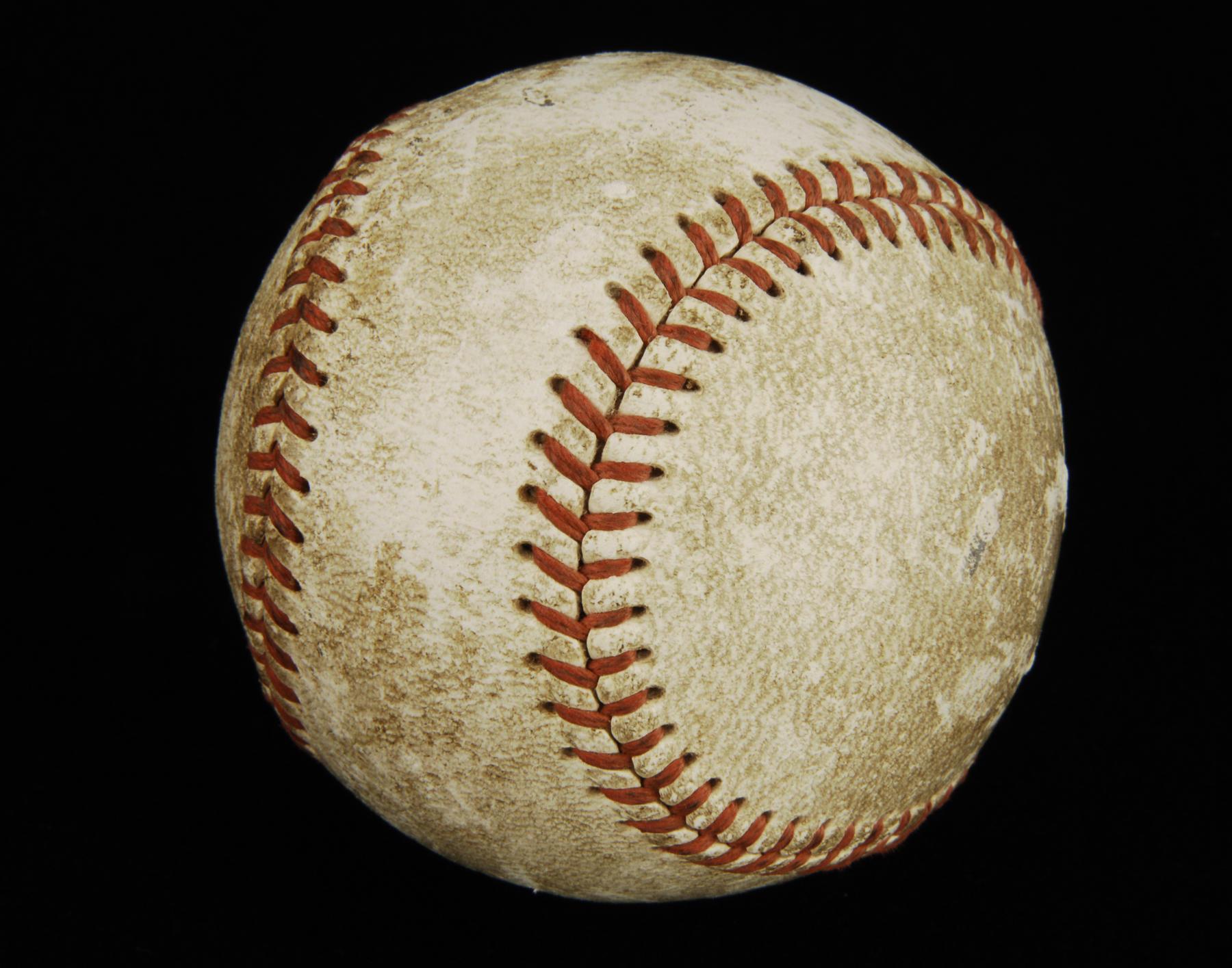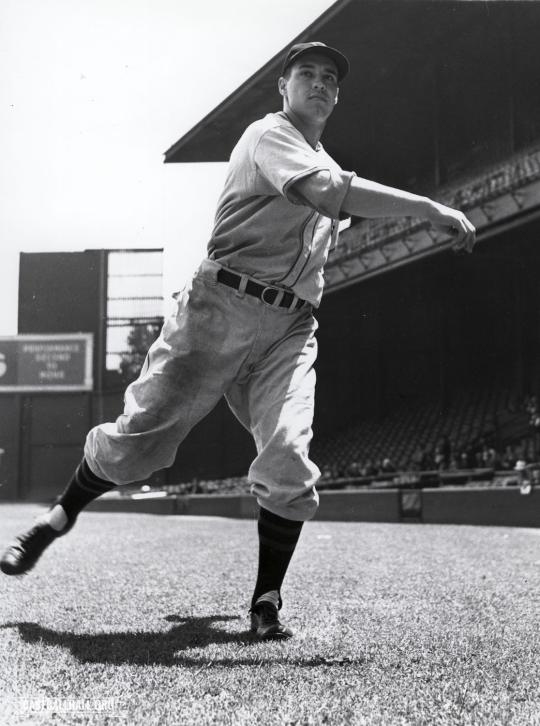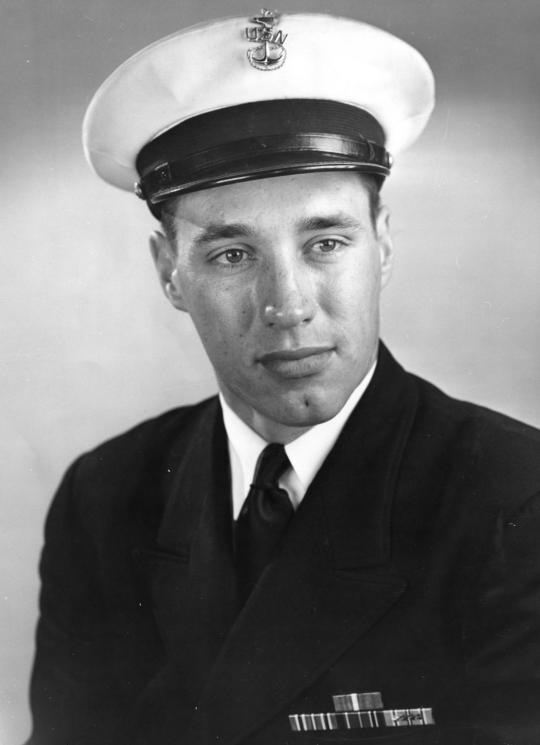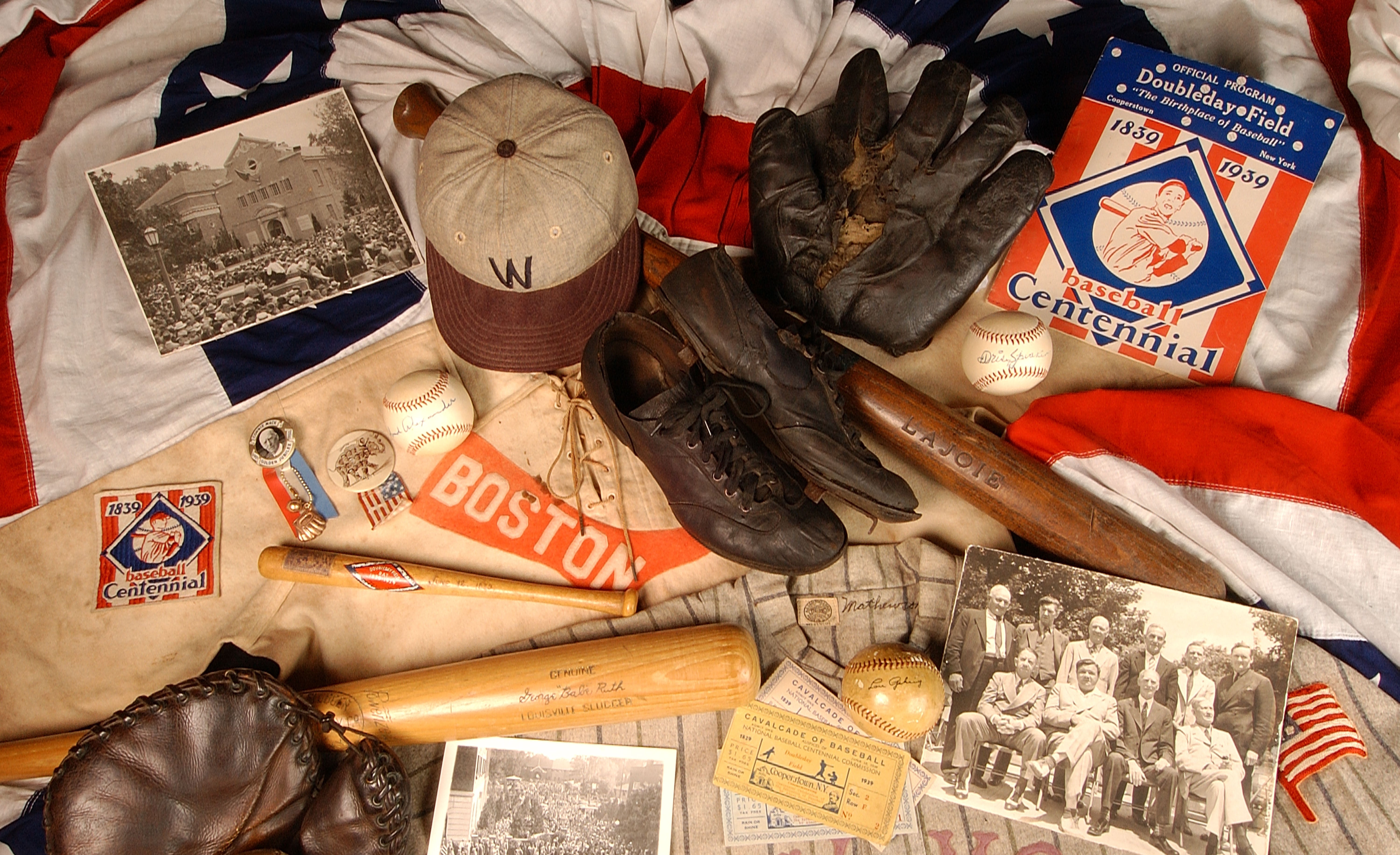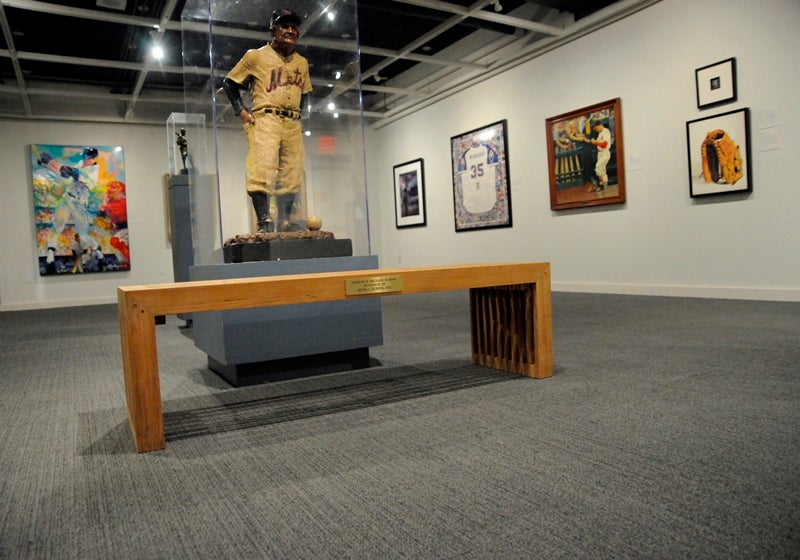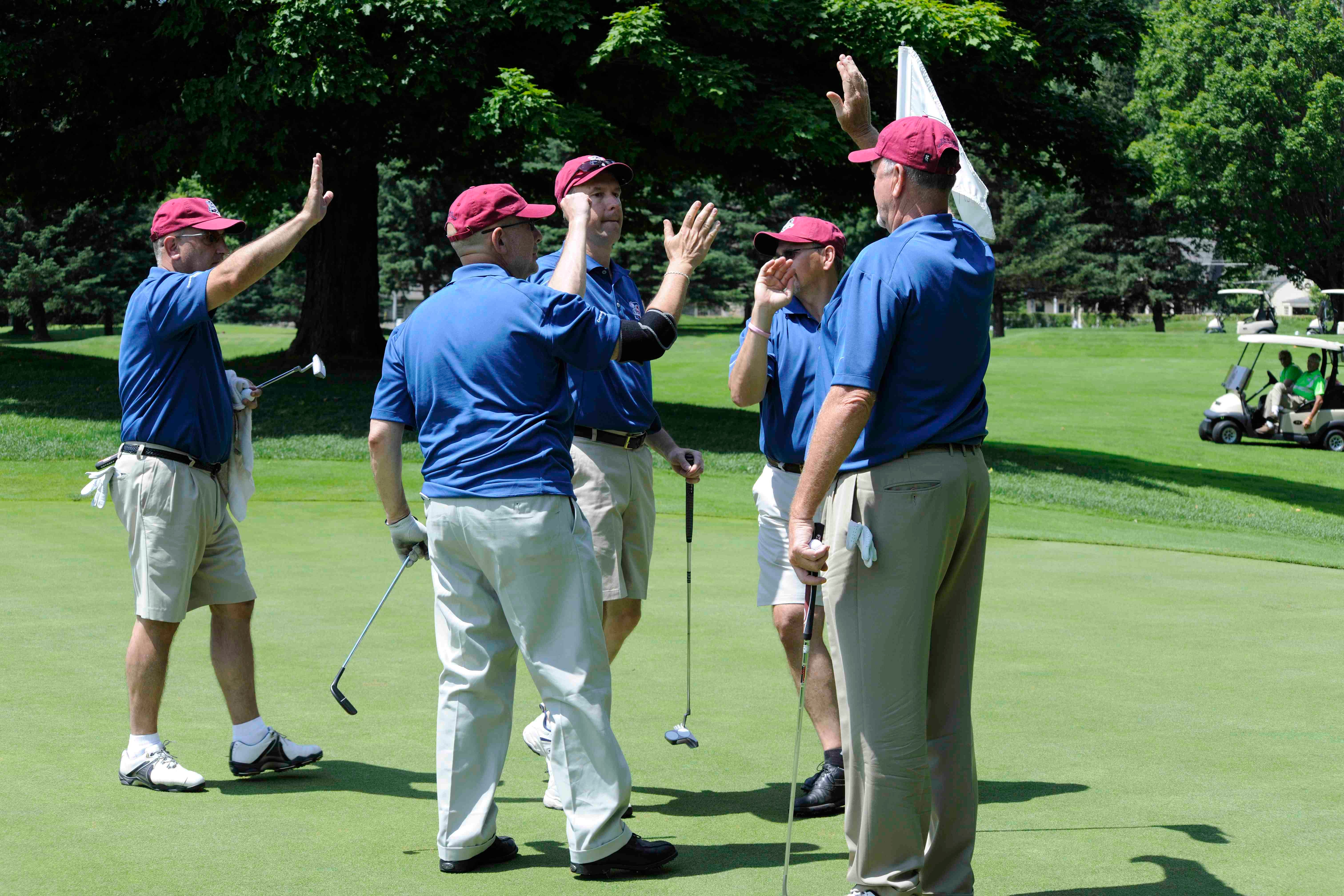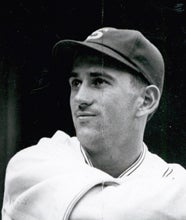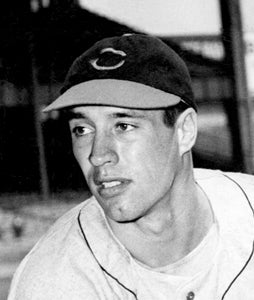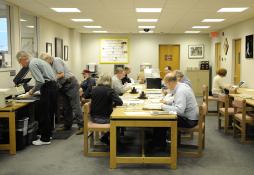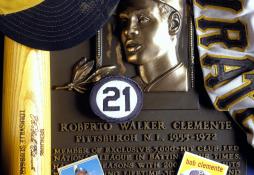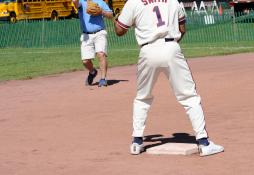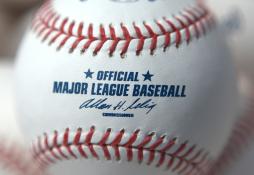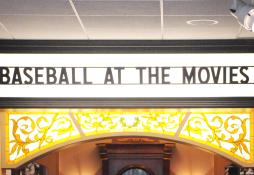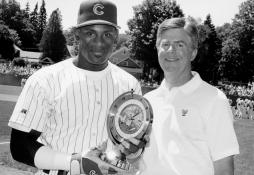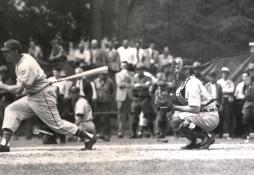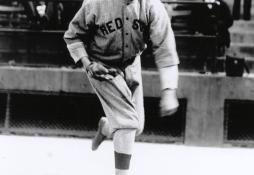- Home
- Our Stories
- Open and shut down
Open and shut down
The record is as unbreakable – and ignominious, depending on which team you were on – as it gets in Major League Baseball.
Only once in AL/NL history has each player on a team finished a game with the same batting average with which they started.
That team was the 1940 Chicago White Sox, who entered and exited their April 16 game against the Cleveland Indians with a batting average of .000.
The reason? On April 16, 1940, Bob Feller threw the first Opening Day no-hitter in history.
Barring a statistical quirk for the ages, the White Sox’s standard could only be broken if a team was no-hit in both its first and second games of the season. The only pitcher capable of doing that might have been Feller, who pitched three career no-nos en route to his 1962 election to the Hall of Fame.
Early success
Entering the 1940 season, Feller was already one of baseball’s brightest stars. He burst onto the scene with the Indians in 1936 as a 17-year-old rookie, going 5-3 in 14 appearances while striking out an average of 11 batters per nine innings. By the end of the 1939 season, Feller was a two-time All-Star who led the AL in wins that summer with 24.
“This ought to be his greatest season,” said Indians manager Ossie Vitt of Feller during Spring Training of 1940.
Vitt lost his job after the 1940 season, but he proved to be an able fortune teller that year – looking on from the dugout as Feller blanked the White Sox in the opener and ravaged the American League all season en route to the pitching Triple Crown – leading the league in wins, ERA and strikeouts.
In front of an announced crowd of 14,000 fans in Chicago on Opening Day, Feller walked five but struck out eight. The Indians’ lone run came on a fourth-inning triple by catcher Rollie Hemsley that scored Jeff Heath, but Feller retired 15 in a row between the fourth and eighth innings to make the run stand up.
“I knew I had a chance for a no-hitter,” Feller said. “But I tried to put it out of my mind by reminding myself you never have a no-hitter until the last man is out.”
White Sox threaten
The White Sox’s best threat came in the second inning, when they loaded the bases with two outs before Feller fanned rookie Bob Kennedy to end the frame.
“He was never a better pitcher (than in the no-hitter),” said Hemsley, Cleveland’s regular catcher in both 1939 and 1940. “He’s got everything.”
Feller experienced his toughest test of the game in the ninth inning, facing future Hall of Famer Luke Appling with two outs. Appling, a career .310 hitter known for his ability to foul off pitches, wasted four of Feller’s best offerings before drawing a two-out walk after a 10-pitch at-bat. But with Appling representing the tying run on first base, Indians second baseman Ray Mack made a diving stop on a ball hit to his left by the Sox’s Taffy Wright, throwing out the Chicago outfielder to end the game.
“I think I’ve thrown faster several times,” Feller said following the game. “Of course, the wind behind me helped make me faster. But I couldn’t seem to throw a curve very well.”
It didn’t matter. Feller’s legendary fastball was more than enough.
Five days later, Feller took the mound in an attempt to tie Johnny Vander Meer’s 1938 mark of back-to-back no-hitters. But in one of his few subpar performances of the season, the Detroit Tigers touched Feller for four hits and two walks in three innings in a 12-2 loss.
Bob Feller of the Indians no-hit the Chicago White Sox on April 16, 1940 – the only Opening Day no-hitter in history. This score sheet from the Museum’s Library Archive documents the White Sox’s historic day as the only team with all their players to finish a game with the same batting average they started with: .000. BL-1-2012 (National Baseball Hall of Fame Library)
Record-setting numbers
But by the end of the 1940 season, Vitt’s prediction had come true. Feller won a career-best 27 games and notched his only earned-run average title of his career with a mark of 2.61. He also led the AL in complete games (31), shutouts (4) and strikeouts (261). He finished a career-best second in the Most Valuable Player voting, losing out to Detroit’s Hank Greenberg, who led the Tigers to the AL pennant.
Feller would win 25 more games in 1941 before enlisting in the Navy following the bombing of Pearl Harbor. He missed almost all of the next four seasons, but returned following World War II to win 20 games three times and pitch another two no-hitters.
Feller retired following the 1956 season with 266 wins, a 3.25 ERA and 2,581 strikeouts. He was elected to the Hall of Fame in 1962 in his first year eligible.
But of all Feller’s records, the 1940 no-hitter may prove to be his most enduring.
Craig Muder is the director of communications for the National Baseball Hall of Fame and Museum.

